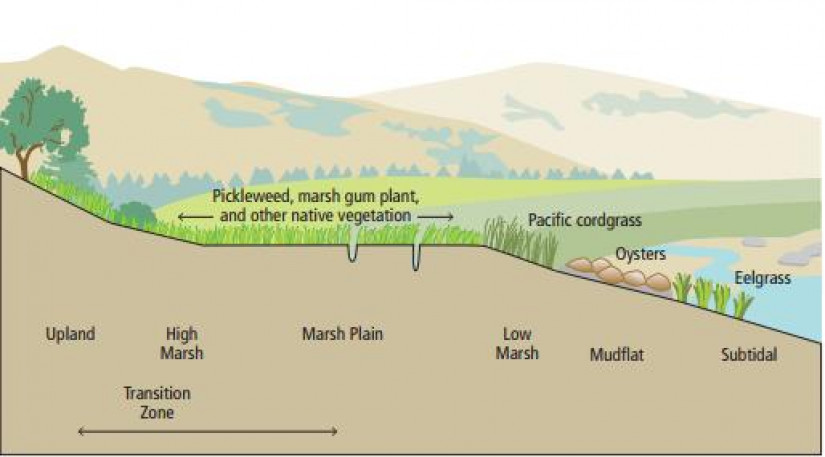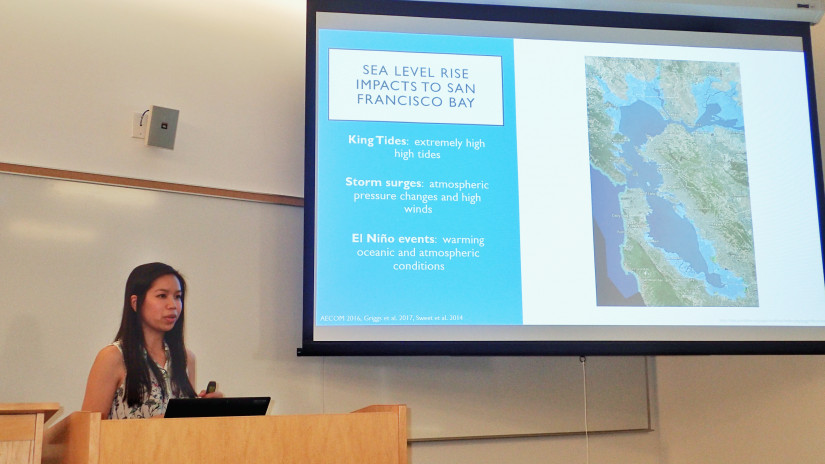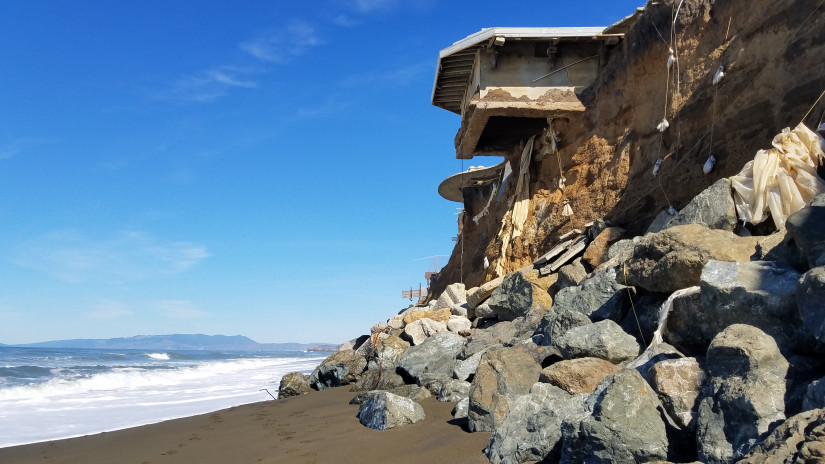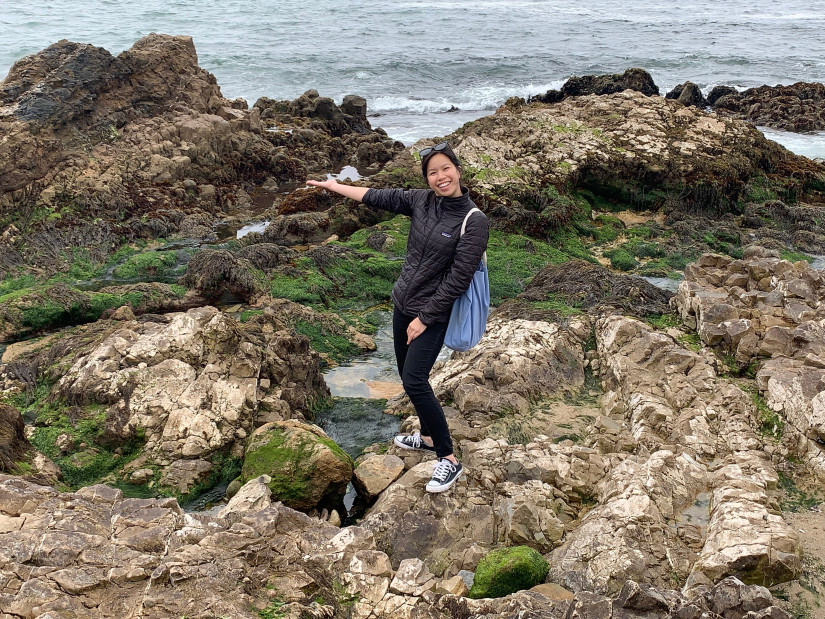Living shorelines are a “green” alternative to traditional coastal armoring structures such as seawalls and revetments. They are multi-beneficial and provide protection from waves and erosion while also creating or maintaining habitat to support species abundance and biodiversity. Examples of living shorelines include dune habitats, eelgrass beds, and salt marshes.

As part of the commission’s broad efforts to address climate change and sea-level rise, living shorelines has become an important concept in supporting a more resilient coastal zone. In the past several months, I have taken a lead role in developing the commission’s living shorelines work. I’ve coordinated, facilitated, and presented at meetings—both for a large group of commission staff and with our partners at the California State Coastal Conservancy. I’ve also conducted research that broadened my knowledge of living shorelines and California coastal policies. Informed by the meetings I organized and my additional graduate work on this topic, I am now drafting a memo on living shorelines for the commission.
For me, this work is the perfect combination of being able to continue research on sea-level rise adaptation strategies (read: always learning!), develop meeting facilitation skills, interpret coastal policies and frameworks, and contribute to a meaningful product. This project has allowed me to make connections with a wide array of commission staff whom I otherwise would not have the opportunity to work with—and learn from—while being able to continue work on living shorelines. Living shorelines was a topic I initially became interested in during graduate school and my work at the commission has been a well-rounded culmination of personal interest and environmental application.


But the best part of it all? Realizing that this entire effort is providing the hope I need to weather any type of eco-anxiety.
The California Sea Grant State Fellowship throws you right into the middle of a whirlwind of agencies performing research, funding projects, providing education, and transforming coastal and marine policy all with the purpose of protecting California’s communities and natural resources. Having stowed away my backpack and textbooks from grad school just a few months ago, it’s a unique position to be in, and even surreal to imagine that the work you do as a fellow is in direct response to climate change. Knowing that I am part of a very large coalition of Sea Grant Fellows, scientists, lobbyists, planners, and educators who are actively working to improve California’s climate resilience reminds me that for every non-believer out there, there are so many more who continue to fight the good fight.




